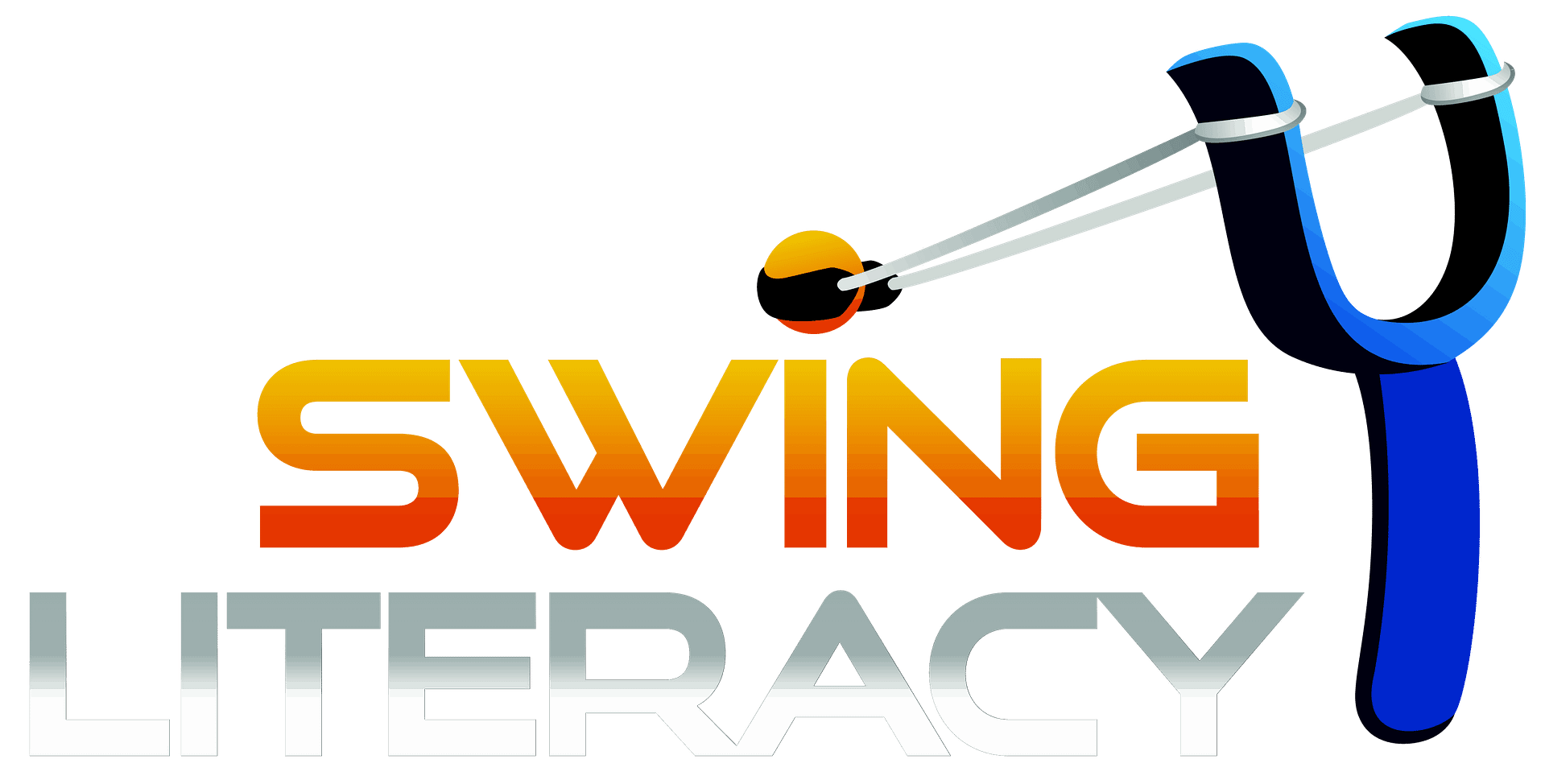No products in the cart.
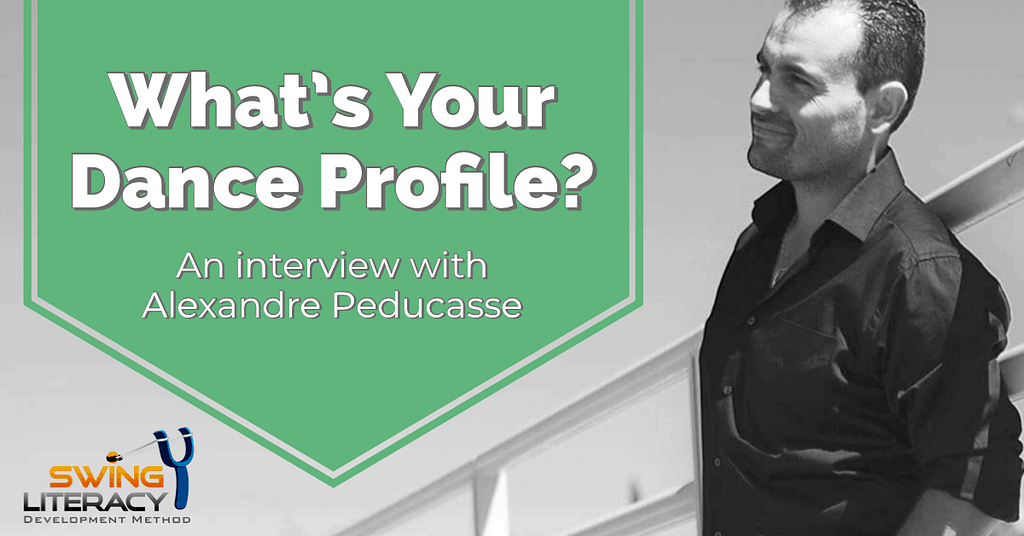
What’s Your Dance Profile?
Reading Time: minutes remaining
Can't get your body to do what the teacher expects? You could be dancing in the wrong profile.
I've got good news for you:
- It's not your fault - there's nothing wrong with you, but you need different tools.
- You are not alone - most dancers are struggling to conform to an ideal.
- There is a solution - it's not what you expect.
In this article, we introduce you to another like-minded WCS teacher with a background in coaching, who, like us, is working to ease students frustrations and to help students unlock their potential.
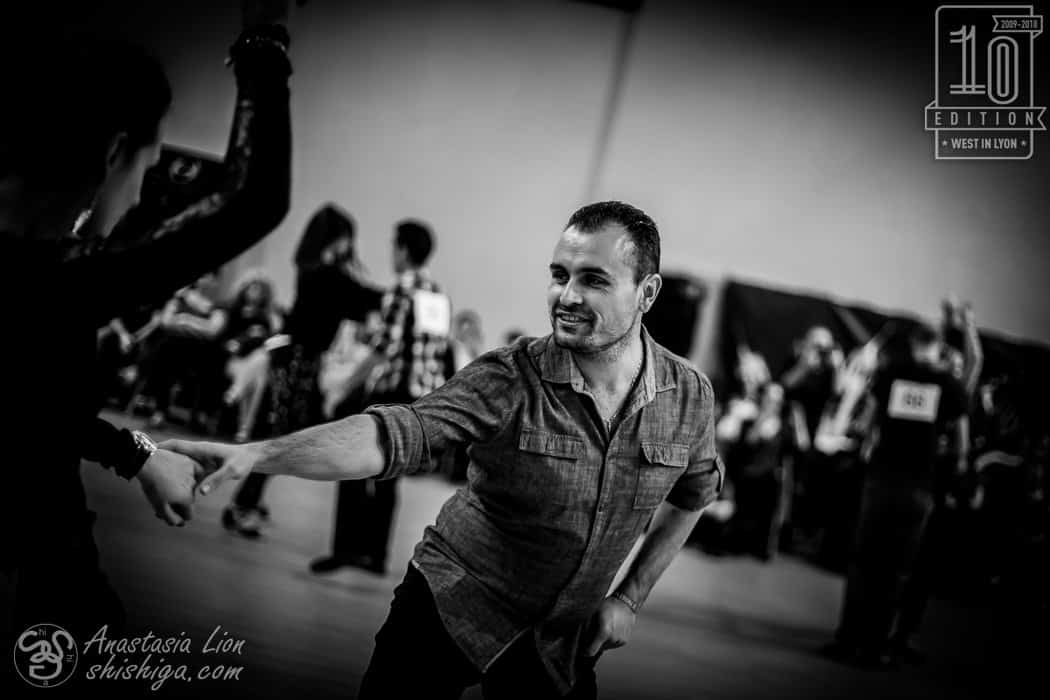
Meet Alexandre Peducasse, AllStar WCS pro based in Geneva. He has created a fascinating program he calls "Dance Profiling" that aims to help dancers retarget their efforts to unlock their potential.
But first, let's provide some context on why we were so interested in Alex, and why you should be too:
As your go-to source for the best teaching methods and resources in West Coast Swing, we have spent decades collecting, studying, and experimenting with as many tools, techniques, and approaches as we could find.
We harvest from:
- motor skill acquisition
- biomechanics
- physical education
- sport science & coaching
- educational pedagogy
- instructional & curriculum design
- classical dance training methodologies
- master teachers in other dance styles
- and of course a broad spectrum of past and current highly respected WCS teachers
We then audit and curate material that is worthy and applicable, convert it to WCS, and deliver it to WCS teachers in our Swing Literacy Development Programs. While our Teacher Development Program and Dancer Development Program are the most comprehensive WCS trainings we know of, we are constantly on the hunt for more: Always looking to improve and grow so we can serve the global dance community with the most effective teaching methods.
So when we come across a like-minded teacher making a unique and significant contribution to improving the way WCS is taught and learned, we pay attention.
Realizing that Alex's Dance Profiling program was a complimentary tool to our Swing Literacy method, and each of our programs could enhance the other, we were excited to learn more about his system, and look forward to taking it ourselves.
Enjoy this interview where we collaborate on explaining Dance Profiling, how it relates to Swing Literacy, and what's possible for teachers and dancers who capitalize on this tool.
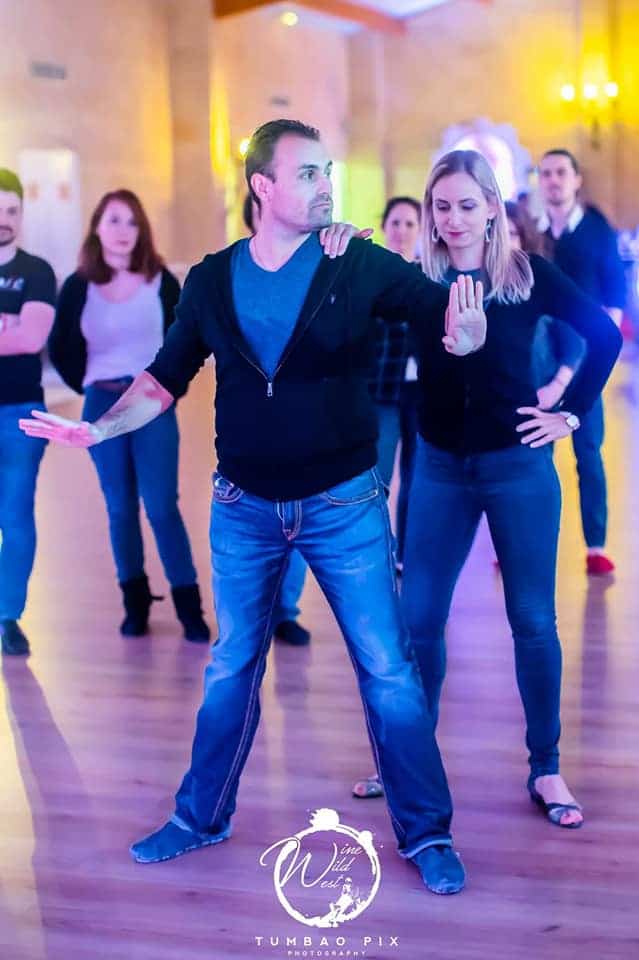
TCM: Tell us about your dance background?
AP: I started dancing in 2006 with Rock&Roll. A year later, I started learning WCS with friends in Montpellier and taking lessons 3 hours a week in Geneva with my coach Jang Widler, at BeYou Dance Studio. I started teaching beginner classes at that school in 2009, I’ve been an AllStar since 2015, travelling to teach all over Europe since 2013, and I competed in my first US Open in 2015. My girlfriend/partner Christelle and I currently teach 2 classes per week in Geneva.
TCM: Tell us about your training/career before you started dance?
I’ve been a golf pro since 2003 with a state diploma, which is a required certification for golf teachers. I’ve taken several courses, training under both American and European golf professionals. I currently teach golf 4-10 hours per day, private lessons, group classes, and competition coaching.
TCM: How did you discover this profiling method? Tell us about the training that you took?
AP: I discovered this method thanks to golf in 2014, because my golf pro friends told me that the reasons golf players vary between their postures and techniques was because they had learned to analyze and cooperate with their body’s natural movement preferences. We all know we are built differently, but it’s not enough just to acknowledge it - there’s more we can do about it. I decided to take this 2-year training, which involved independent study followed by case studies and reports/exams.
This method allowed me to understand the different ways human movement functions, and why no two humans move exactly the same: everyone has a unique "movement profile", like a fingerprint, and can be categorized into a handful of common profile groups. There is also a link between the physical and the mental and especially the results of MBTI personality test, which also analyzes your personality and mental functioning profile.
TCM: How did you start experimenting with it in WCS?
AP: I started using it in my own WCS and on my students in 2015 - I had to translate all my knowledge and exercises that I had been using in golf into “dance language”. This was tricky because I was converting the method from a solo, static activity to a partnered, moving activity.
In golf, all players can put the ball in the same place and yet no one swings in the same way. which is the same thing in all sports, like dancing.
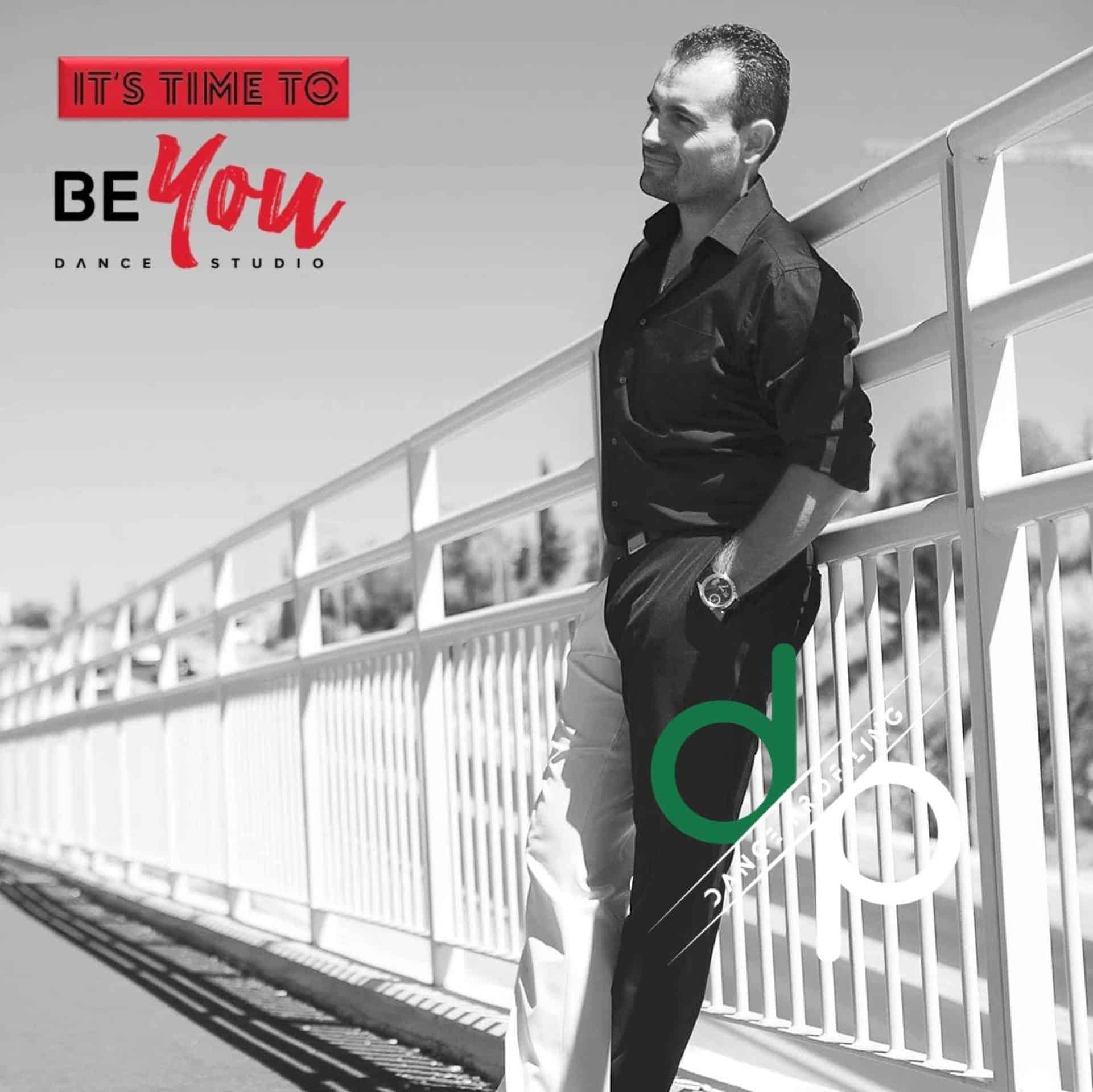
TCM: There are Fundamental Movement Skills involved in every sport that define the requirements and the mechanics involved in executing them. So what you’re saying is that players (dancers) can satisfy the same requirements using slightly different techniques. Correct?
AP: Yes, and this is what often causes confusion for dancers who are told they must duplicate a technique that is in conflict with how their profile type naturally moves.
TCM: This trend seems to be a bit stronger in Europe, where there is more pressure to conform to an arbitrary ideal. It is important to remember that WCS, being an American Swing dance, values individuality and diversity, not the uniform precision that is valued in Ballroom and Ballet.
AP: Yes. In golf, all players can put the ball in the same place and yet no one swings in the same way. which is the same thing in all sports, like dancing. Our dance is open (not like ballroom dance or ballet), so let's open it 🙂
TCM: What kind of results did you see by using this method?
AP: I think that the biggest results that people notice is in their body awareness and awareness of their own strengths and aptitudes. Knowing that we all move differently and we don’t have to move the same to achieve the same results is incredibly satisfying for people who have been forcing their bodies to “fit the mold” of movement. Especially for people whose movement profile is outside or on the perimeter of movement methods that are commonly taught in WCS.
After learning Dance Profiling, students visibly dance with more fluidity, more balance, a better connection with their body and your partner, better timing. Physically, they feel more comfort, power, stability, ease of leading (leader), connections / oppositions / resistances (follower), better preparation for competitions
TCM: How do you think this method is helping WCS dancers who are struggling?
AP: I think this method gets them to understand that they can and are allowed to do things differently. The goal is to put the person at the centre and not the technique. This makes it possible to determine which technique to use for each person’s strengths in order to get an equivalent result.
TCM: We've actually taught dancers for years the strategy of "profiling" their partner's mood and skillset in the beginning of every dance to they know what tools they will need to use for that partner: assessing their connection, balance, turning, etc. so you know which strengths you can capitalize on and if you will need to compensate for any weaknesses. But it sounds like you take it one step further by extending this profile to assess more fixed attributes so they know what "dancer type" their partner is and how to cater to that type as a partner.
AP: Yes, exactly. Most WCS teachers’ techniques address the needs of only 1 or 2 profile groups, leaving the others to struggle. But if you know your profile, you realize you will need to make adjustments. As a teacher it is important to know that in any physical activity there is not only one technique but several and not all techniques will be appropriate for all students - modifications and alternatives are necessary.
TCM: So, if I were to translate this into Swing Literacy language…. They way that a dancer will apply their Fundamental Movement Skills will vary depending on their movement profile, and teachers should not only expect this, but be prepared to accommodate it and train their dancers to accommodate partners with different profiles.
AP: Yes, that's right.
TCM: But to be clear, Dance Profiling is a tool teachers should use to supplement their teaching, not a teaching method itself. So WCS teachers of any background would be wise to study this tool, just like surgeons would take a workshop how to use a new surgical instrument.
AP: Yes.
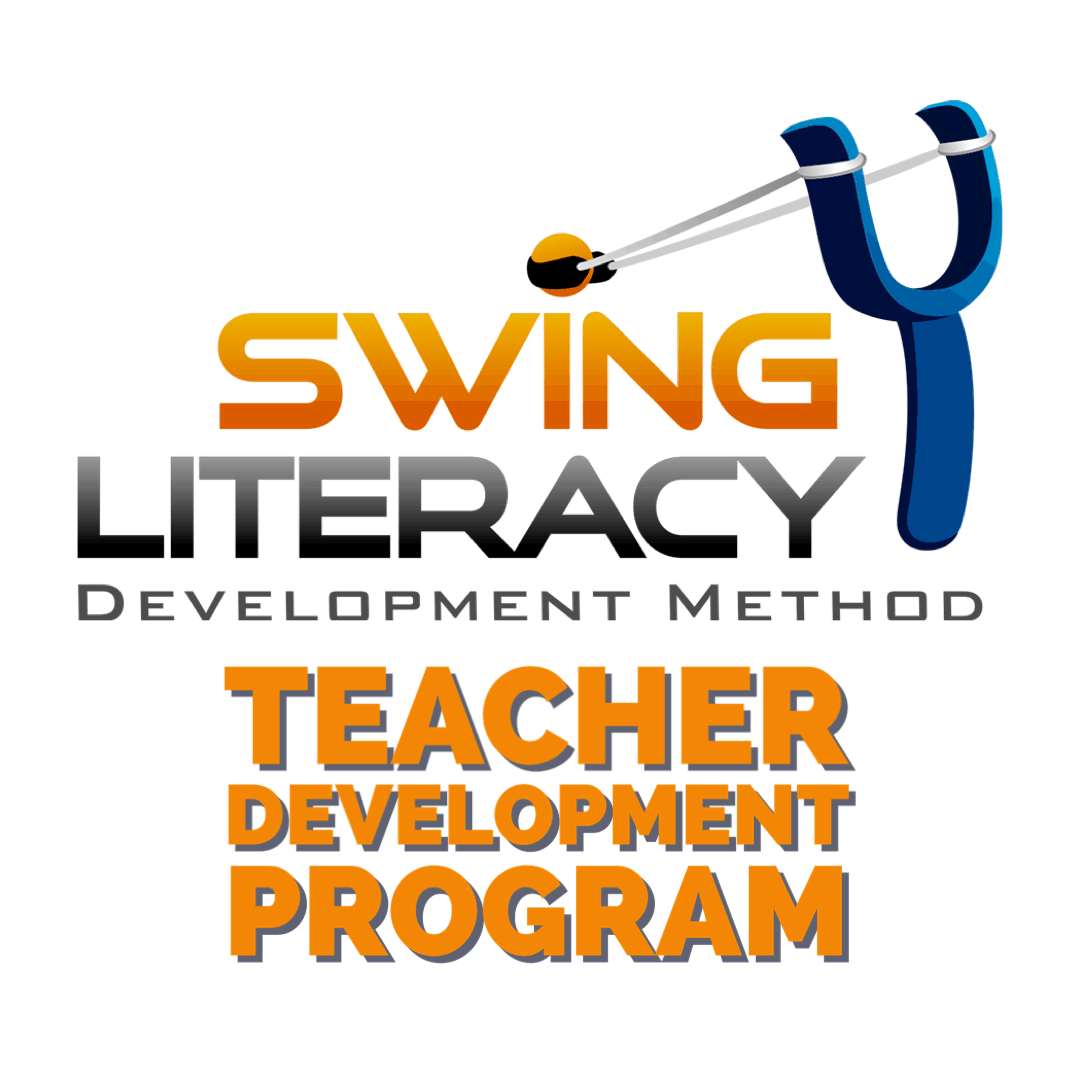
Advanced training for WCS teachers who want to teach WCS smarter, faster, easier.
TCM: And they are going to need a wider range of techniques and drills to accommodate these different profiles.
AP: Yes, I teach some, but maybe this is where Swing Literacy would be helpful?
TCM: Aha, yes this is true. One of the things the Swing Literacy method does is to help teachers prioritize their content and drills in the most effective sequence for learning. So ideally teachers would consider the student's Dance Profile when selecting their expectations and techniques for that student, but then use Swing Literacy method to structure and sequence that content to deepen and expedite their learning.
Dance Profiling, like Swing Literacy, is universal - it's something that smart teachers from any style or region or generation can learn how to master so they can teach better for their students.
TCM: How might a Dance Profiling revolution affect competitions?
AP: In competition, dancers who don't have a good aesthetic usually don’t get called back in finals, because they're are not able to show certain technical things that the judges are looking for that “fit the mold”. But in reality, there are several “molds”, and if judges understood this, they would be accepting of different profiles, and not judge “different” as “inadequate”.
If we look at the Champions, none of them dance the same way, so why ask the amateurs to dance all the same? It’s impossible to choose which Champions to model after, and there is no reason we should - this would quickly homogenize the dance and dilute its diversity we all celebrate. Ultimately, I would like to share this method with all the judges and chief judges to allow them to understand the motor differences which bring a different aesthetic yet equally skilled quality of dance.
TCM: Tell us about what you have created for WCS (your Dance Profiling website & programs)
AP: I set up a website to explain what I offer.
(*Fair Warning: The website is new and Alex is still working on improving the clarity of what he offers.)
I've created three 4-hour live course modules to provide step-by-step details of the body profiles that can exist, and there are many :).
Module 1 explains the motor profile: how the body moves and what it puts in action to move. Module 2 goes deeper and provides more details than the last, so that by the end of it, you can create a complete profile for yourself and quickly assess others’ profiles. We can also associate the MBTI profile: as explained before, your body is connected to your brain, so it can tell us who you are, which gives us an opening for Module 3.
Module 3 is based on competition and motivations. This is not addressed in the MBTI and yet it is a crucial point of some aspect of your behavior. With Module 3 you can understand how to approach competitions in the best possible way with certain concepts and preparations just before you dance. Just saying to a dancer, "go ahead, you can do it, you can win this competition, motivate yourself and win!" you are the best! etc .... " does not work for everyone .... It's about 1 in 6 chance 🙂
Module 4 is dedicated to teachers, and explains how to integrate this method into group classes and how to approach certain exercises differently according to the students.
TCM: What I like about your program structure is that is very targeted at training Westies how to profile themselves and their students and how to adjust their dancing/teaching accordingly. How do you envision this fitting into the bigger picture of how WCS is taught and learned?
AP: What motivates me the most in sharing this method is to provide solutions to people who have difficulty applying certain techniques that are taught to them. To show them that they can do things well, even very well, with a different and adapted technique.
When all WCS teachers learn to profile their students, they will be able to teach them how to effectively use their own natural movement to develop their WCS. I would love to see this dance grow and spread around the world, which will be easier if we make it easier to learn.
TCM: Agreed! Any sound tool based in research that makes WCS easier to learn is worth investing in. I am excited to see the powerful results when teachers integrate Dance Profiling into their Swing Literacy teaching method.
